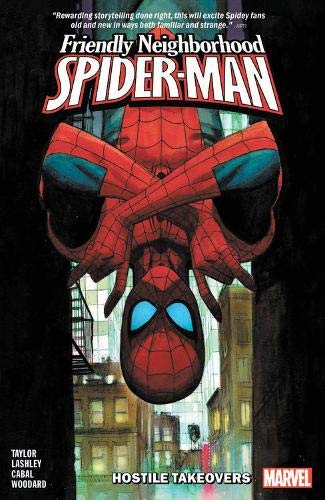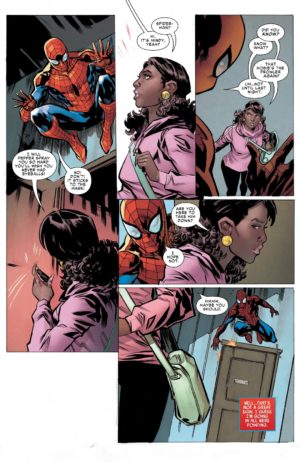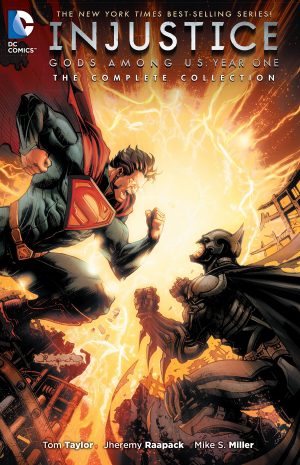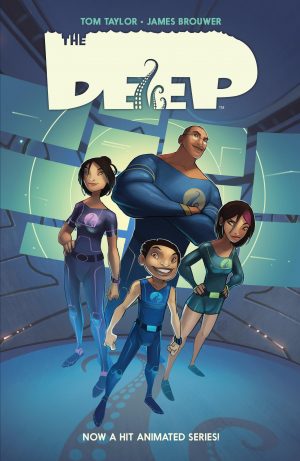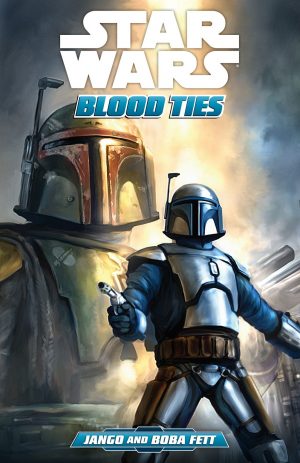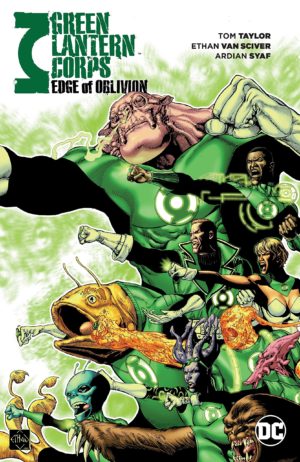Review by Frank Plowright
Friendly Neighborhood Spider-Man is embedded with the idea of Peter Parker taking time to address social problems in his vicinity, with the issue of homelessness having featured strongly in Secrets and Rumours and revisited to begin Hostile Takeovers. It’s frustrating. On the one hand just to have Tom Taylor raise the problem of homelessness is great, but because this has to be a Spider-Man comic it’s inevitably sidelined into a story about a super-villain’s crowdfunding fraud. However, Taylor then routes into Japanese internment during World War II, and after that takes the plot somewhere else surprising. Ultimately it’s wish-fulfilment, but punches the right buttons getting there.
Taylor also runs into problems experienced by other writers ever since a second monthly Spider-Man title was issued. Aspects of Peter Parker’s life and people he meets have to be recognised, yet their primary stories are elsewhere. So we have the interesting situation of former super villain Boomerang as Parker’s flatmate, only once used for anything more significant than passing comment, but largely ignored. Mary-Jane Watson features in a solo story, yet the primary supporting character is Aunt May, beset by problems perhaps a little too quickly resolved. Is it better to acknowledge the horrors of cancer and risk trivialising the illness by fixing it relatively quickly, or not to acknowledge it all? There’s no obvious answer.
The platoon of listed artists isn’t the frustration it usually is when so many are credited. Most only contribute a few pages, and the bulk of those are specifically targeted sequences where a change of style is even desirable, such as the World War II flashback sequence. More pages are produced by Ken Lashley than anyone else, and he’s perfectly fine without producing an astonishing sequence that takes the breath away.
Over eight chapters Taylor resolves everything he introduced in Secrets and Rumours, features several well known faces as guest stars, and consistently amuses with the well judged dialogue. It’s intended as a fun read that will occasionally prod the conscience, and succeeds at that.
